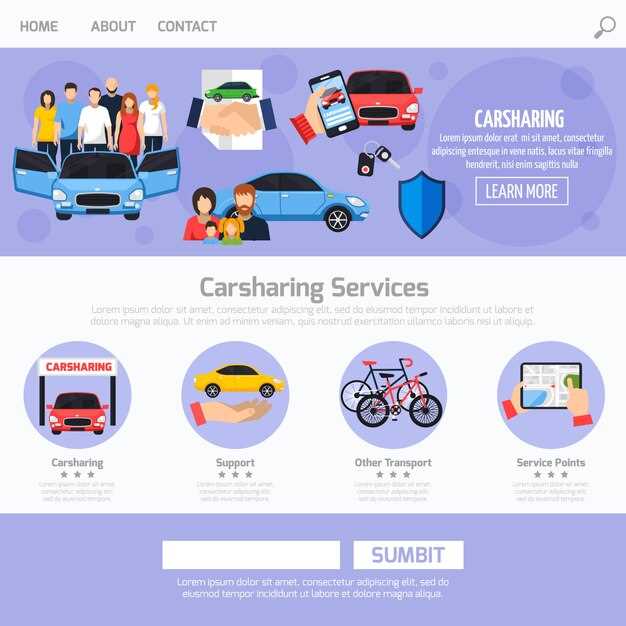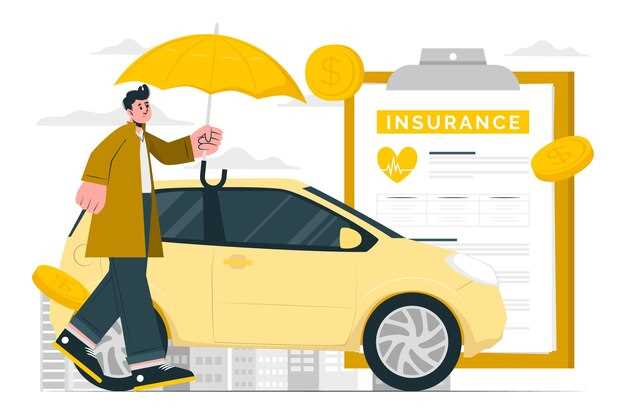
In the intricate world of insurance claims, navigating the complexities of vehicle transport after an accident can significantly impact the outcome of a claim. When a vehicle is deemed totaled, effective strategies for handling its transportation become essential. The way a claim is managed can influence not only the speed of the process but also the final compensation amount received by the policyholder.
Insurance companies have predefined protocols for the transport of totaled vehicles, which are crucial to understand for both claimants and industry professionals. Utilizing appropriate transport strategies can mitigate losses and expedite the assessment process, ensuring that claimants receive their due compensation in a timely manner. Engaging experienced transport services that specialize in claims handling is often key to optimizing this aspect of the claims process.
Another critical component is the documentation involved in moving a totaled vehicle. Properly recording the vehicle’s condition, transport method, and any damages incurred during transit is vital for substantiating a claim. Understanding the documentation requirements can empower claimants to manage their claims more effectively and prevent potential disputes with insurance providers.
Best Practices for Claim Pickup of Damaged Vehicles

When a vehicle is damaged in an accident and deemed totaled, the process of pickup for insurance claims becomes crucial. Implementing best practices can streamline this process and ensure efficient handling of claims. First and foremost, ensure that a thorough assessment of the vehicle’s condition is conducted. Documenting the extent of damage with clear photographs and detailed notes will support the claim and facilitate the pickup process.
Scheduling the pickup efficiently is another key component. Coordinate with the towing company to select a time that minimizes delays. Advanced notice to the insured party can help them prepare necessary paperwork, ensuring smooth progress during the claim pickup.
Communicate clearly with all stakeholders involved, including the insured, the insurance adjuster, and the towing service. Providing clear instructions regarding the location, time, and required documentation for the pickup will eliminate confusion and expedite the process.
Prior to pickup, verify the vehicle’s title and ownership status. This step ensures that there are no legal complications when transferring the vehicle to the insurance company for further processing. Additionally, inform the owner about their options regarding the salvage of the totaled vehicle, as it may influence their decision-making during the claim process.
Finally, maintain transparency throughout the claim pickup. Regular updates regarding the status of the claim and the pickup process will help build trust and improve the overall experience for the insured party. By following these best practices, insurers can enhance their handling of claims, particularly in the sensitive area of damaged vehicles.
Evaluating Options for Transporting Totaled Vehicles
When dealing with insurance claims for totaled vehicles, selecting the right transport method is crucial to streamline the claims process and minimize potential complications. A variety of options are available, each with its own advantages and considerations.
One of the primary methods for transporting a totaled vehicle is through a towing service. This option is often recommended, as professional tow companies have the necessary equipment and expertise to safely transport damaged vehicles, reducing the risk of further damage. Towing services can be particularly useful for vehicles that may not be drivable due to extensive damage.
Another alternative is using a flatbed truck for transport. Flatbed trucks provide a secure and stable platform for loading and transporting totaled vehicles. This method ensures that the vehicle is secured in an upright position, preventing additional wear and tear. Utilizing a flatbed may be particularly beneficial for high-value cars or vehicles that require special handling.
In some cases, vehicle owners might consider a pickup option if the totaled vehicle is partially operable. However, this approach carries certain risks, as driving a damaged vehicle can lead to further issues or safety hazards. It’s essential to weigh the potential downsides of this method against the urgency of the claim process.
Additionally, coordination with the insurance company can help expedite the transportation decision. Insurers may have preferred vendors or transport companies that can accelerate the claims process. Understanding the specific requirements from the insurer can also guide the choice of transportation.
Ultimately, evaluating the options for transporting a totaled vehicle requires careful consideration of safety, cost, and efficiency. Optimal transport can significantly influence the turnaround time for the request, ensuring a smoother claims experience.
Documentation and Communication Tips for Smooth Claims Process

To ensure a seamless claims process for your totaled vehicle, it is essential to follow specific documentation and communication strategies. Properly documenting the incident and maintaining clear communication with your insurance provider can significantly impact the outcome of your claim.
1. Gather Comprehensive Evidence: Start by collecting all relevant information about the accident. Take detailed photographs of the damage to your vehicle from multiple angles and include any other vehicles involved. These visuals are vital in illustrating the extent of the damage when you file your claim.
2. Maintain a Detailed Account: Write down a detailed account of the accident. Include the date, time, location, weather conditions, and any witnesses present. This narrative assists your insurance adjuster in understanding the context of the claim more clearly.
3. Document Vehicle Damage: Create a thorough record of the damages incurred by your totaled vehicle. Include receipts for any towing, repairs (if applicable), and other related expenses. This documentation will support your claim and ensure you are compensated accurately.
4. Communicate Promptly: Reach out to your insurance provider as soon as possible after the incident. Early communication helps kickstart the claims process and may prevent delays. Keep your insurance company informed about any changes in your situation or additional information that may arise.
5. Follow Up Regularly: Don’t hesitate to follow up on your claim status. Regular check-ins with your insurer can help keep your claim on their radar and may expedite the process. Be polite and persistent but ensure you document all your communications for reference.
6. Clarify Your Coverage: Familiarize yourself with your policy details concerning claims for a totaled vehicle. Understanding your coverage will allow you to discuss your claim knowledgeably and address any issues that may arise during the claims process.
7. Be Prepared for Adjuster Visits: If an insurance adjuster needs to inspect your vehicle, ensure that all documentation is readily available. This preparation can help facilitate a smoother evaluation and positively influence the decision on your claim.
8. Keep Records Organized: Organize all documents related to your claim, including correspondence with your insurance company, receipts, and police reports. An organized approach not only helps you but also makes it easier for the insurance personnel to process your claim efficiently.
By adhering to these documentation and communication tips, you can enhance your chances of navigating the claims process for your totaled vehicle with ease and efficiency.


